Engineering as defined by the Merriam Webster dictionary: “The application of science and mathematics by which the properties of matter and the sources of energy in nature are made useful to people.”
I recently got the opportunity to use my education and experience (although limited) to practice engineering at this most basic dictionary level by helping the people of Africa utilize their natural resources. In March, I traveled with Engineering Ministries International (EMI) to Burundi, a country in east Africa.
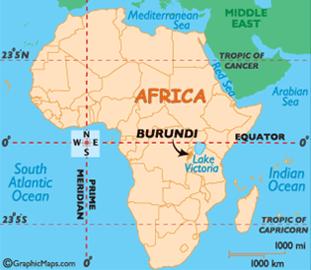
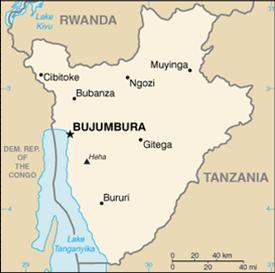 Our purpose was to help Sister Connection, a Burundian based organization dedicated to assisting war widows and orphans. Sister Connection supports and trains those struggling from the after effects of the long and bitter ethnic conflict that took place in Burundi. To this end, they would like to build a vocational school and a summer camp site on their 20 acres of donated land. EMI teams with such organizations, free of charge, to provide engineering/architectural services that would otherwise be unaffordable. The goal of our particular trip was to design the 20 acre master site plan, bringing the ultimate vision of Sister Connection one step closer to reality.
Our purpose was to help Sister Connection, a Burundian based organization dedicated to assisting war widows and orphans. Sister Connection supports and trains those struggling from the after effects of the long and bitter ethnic conflict that took place in Burundi. To this end, they would like to build a vocational school and a summer camp site on their 20 acres of donated land. EMI teams with such organizations, free of charge, to provide engineering/architectural services that would otherwise be unaffordable. The goal of our particular trip was to design the 20 acre master site plan, bringing the ultimate vision of Sister Connection one step closer to reality.
Our EMI team represented three countries: Canada, the U.S. and Australia. The eleven members were comprised of architects, civil engineers, an electrical engineer, an agricultural specialist, and the team leader.
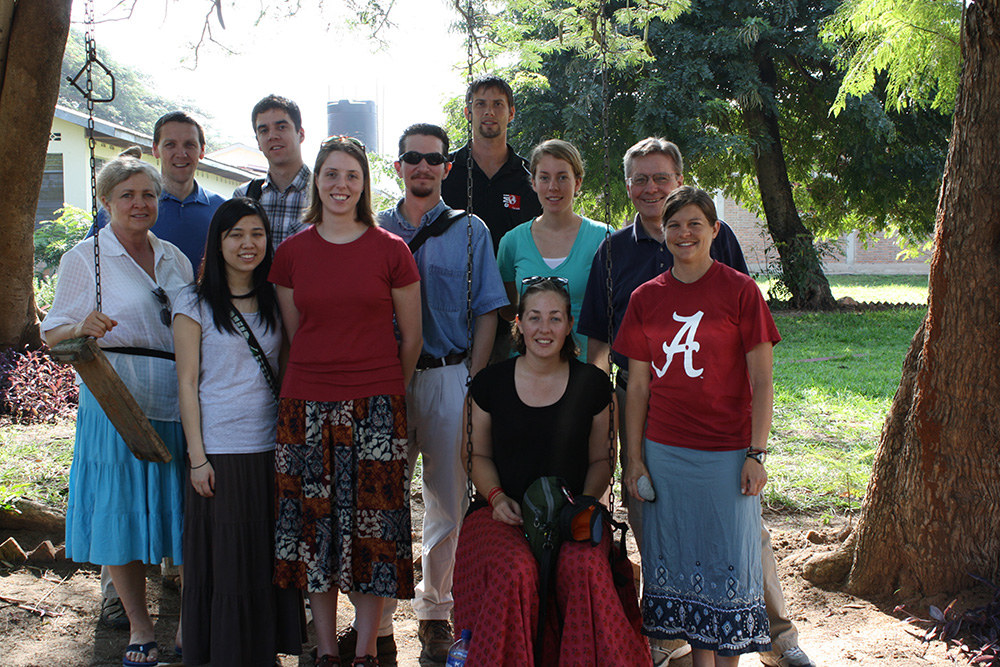
We spent two weeks in Burundi preparing the master site plan. We met with the two co-presidents of Sister Connection to get the big picture goals, as well as specific details such as the number of kids they envision in their summer camps. My job, as part of the civil engineering group, was to perform soil tests, examine the existing building on site, and research potential water sources. Once the number of buildings and occupants had been established, we were able to begin water demand calculations which ended up being a very interesting and educational part of the trip.
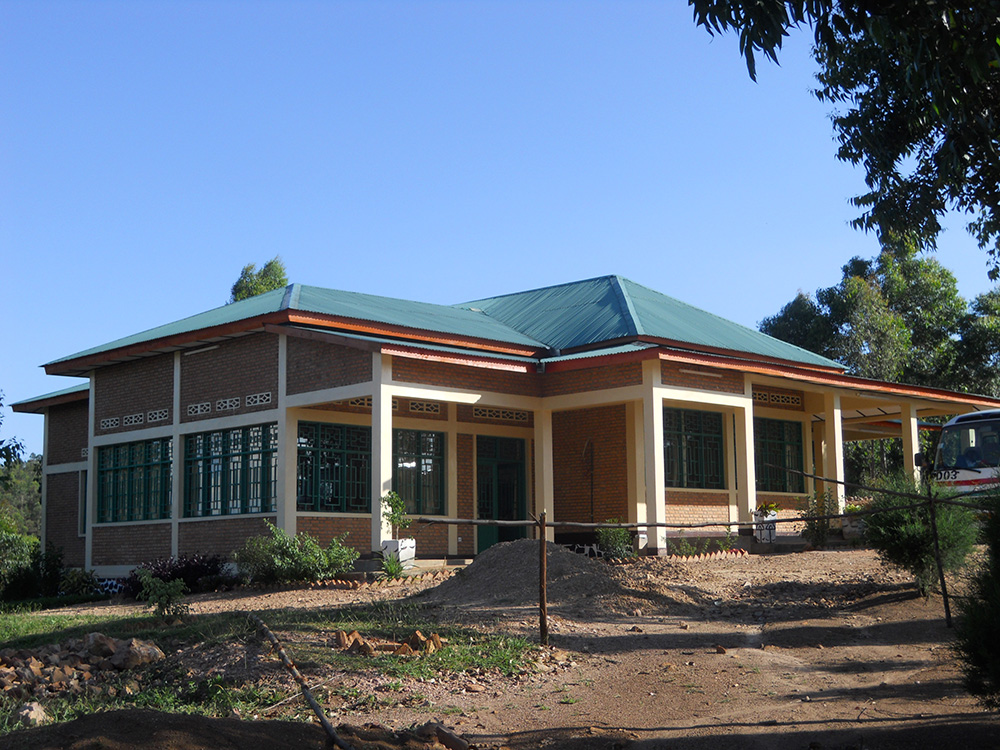
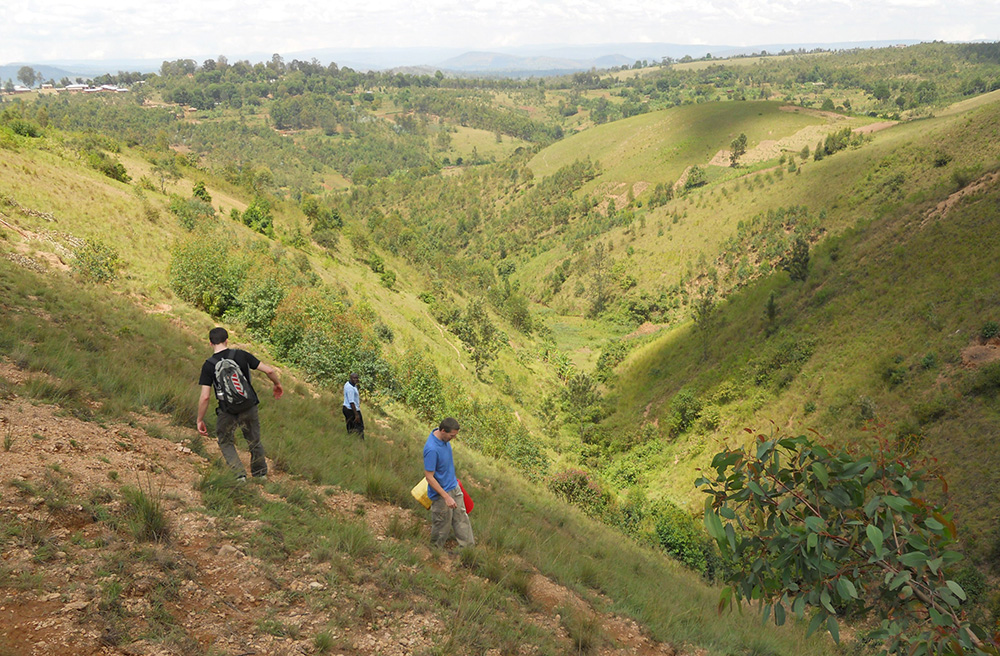
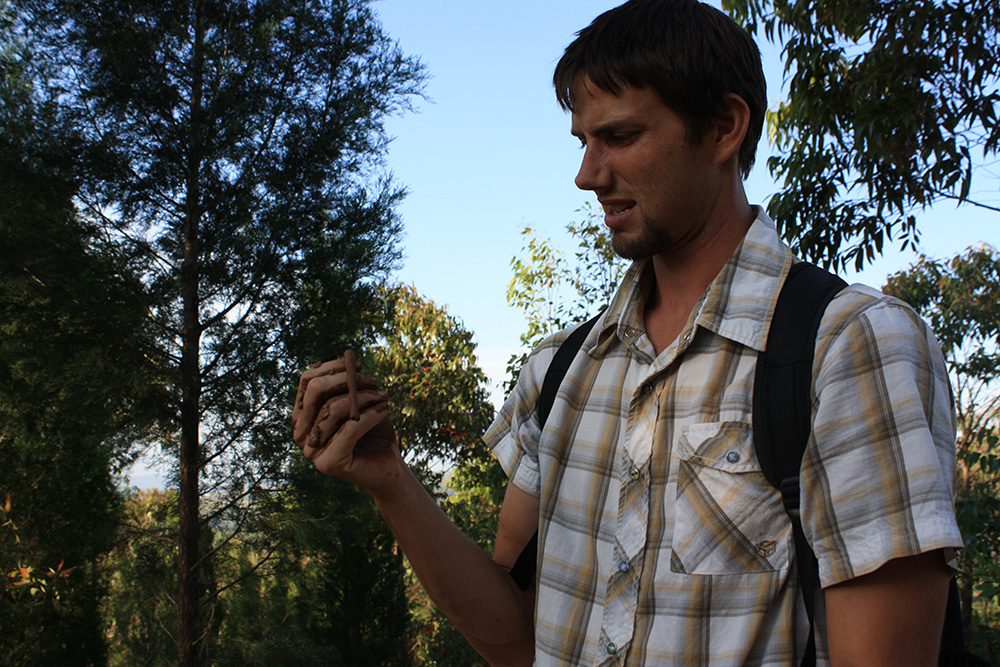
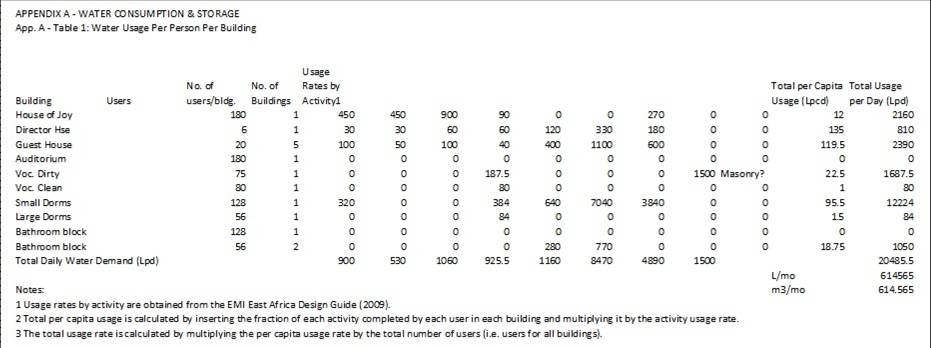
EMI has developed a series of spreadsheets to calculate water demand in East Africa. Africans use much less water than the typical American and design standards familiar from our home countries do not apply. For example, an African with access to indoor plumbing uses 35 gallons per day compared with the average American daily use of 135 gallons. The reason for this wide discrepancy is in part due to cultural differences. The average American uses washing machines and dishwashers daily, while even the faucets in African homes are designed for low water pressure to avoid leaks from weaker pipes. The scarcity of water is another reason for the discrepancy and was prevalent even as we traveled. It was amazing how consistently we had electricity while our water supply was always limited. Every place we stayed was plumbed for western toilets, sinks, and showers, yet we were fortunate to get an hour of running water every few days. The rest of the time we relied on buckets, and this was not even considered the dry season. It was eye-opening not only to design for such conditions, but experience them first hand.
Despite the lower water demand, collecting rainwater and spring water would not adequately achieve the goals Sister Connection had for their site:
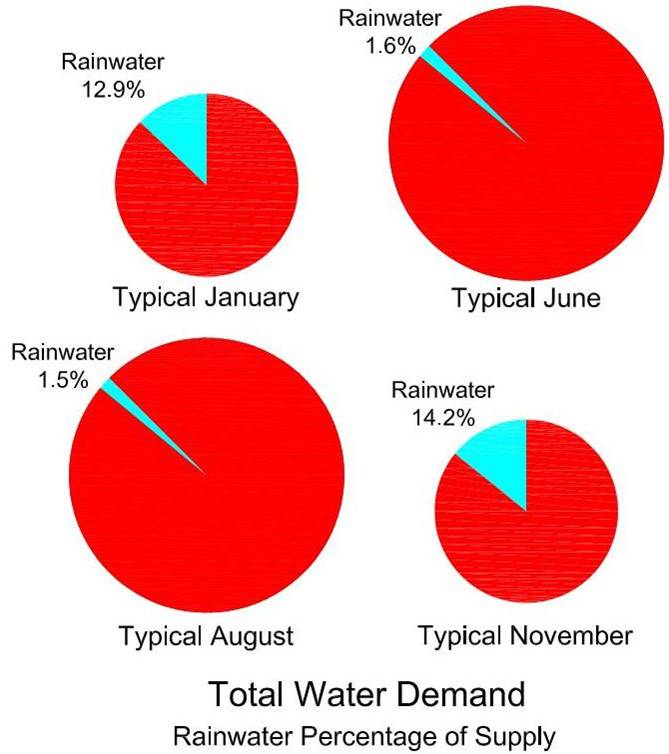
We explored the option of public (city) water, but it was very unreliable as it is often shut off for days during the dry season. Also, the expense of conveying it up the hilly topography made this an unacceptable alternative. Therefore, the simple solution in terms of planning was to estimate the typical flow from an on-site drilled well. One well supplemented with rainwater would sufficiently supply their needs. We created a plan with the proposed location of the well, storage tanks and buildings to be served:
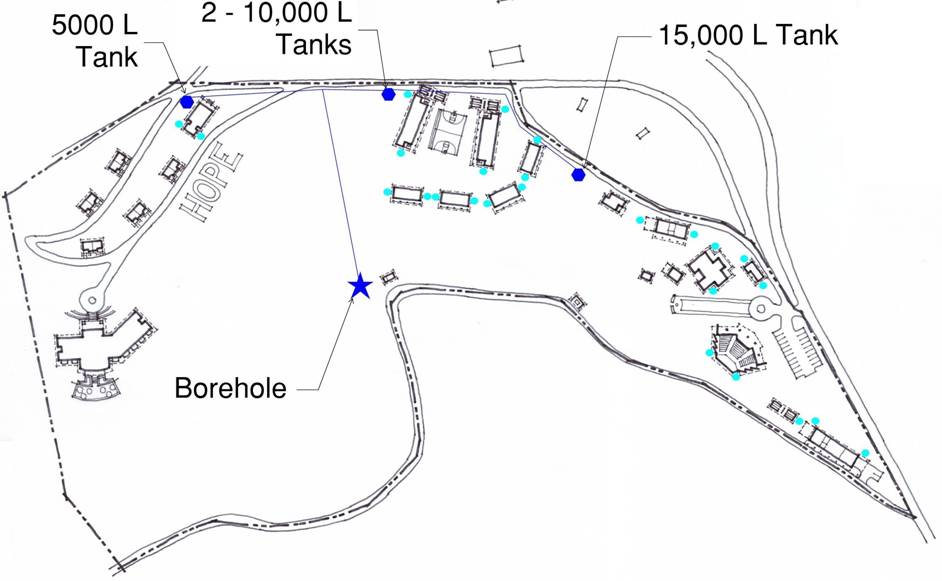
Constructing such a plan, however, is more arduous as there are currently no well drilling companies in the country. Sister Connection will have to wait until one comes in from another country. It could take years, but they have already saved $20,000 for the expense. It will take another $40,000 to complete the system which is the first step prior to constructing the buildings.
We presented our findings to Sister Connection and showed them the master plan proposal. The proposal contained a 500 person auditorium, two 200 person dormitories, four 32 person dormitories, vocational shops, classrooms, a guest house, and a house for the site supervisor and his family. The master plan also allowed for the potential for future shops and a hotel. Preliminary ideas for water/waste water, electricity and agricultural planning were addressed. The co-presidents seemed pleased with the plan development and it was great to see Sister Connection moving in a positive direction. Interns and full time architects are continuing the project, taking our preliminary master plan through complete design.
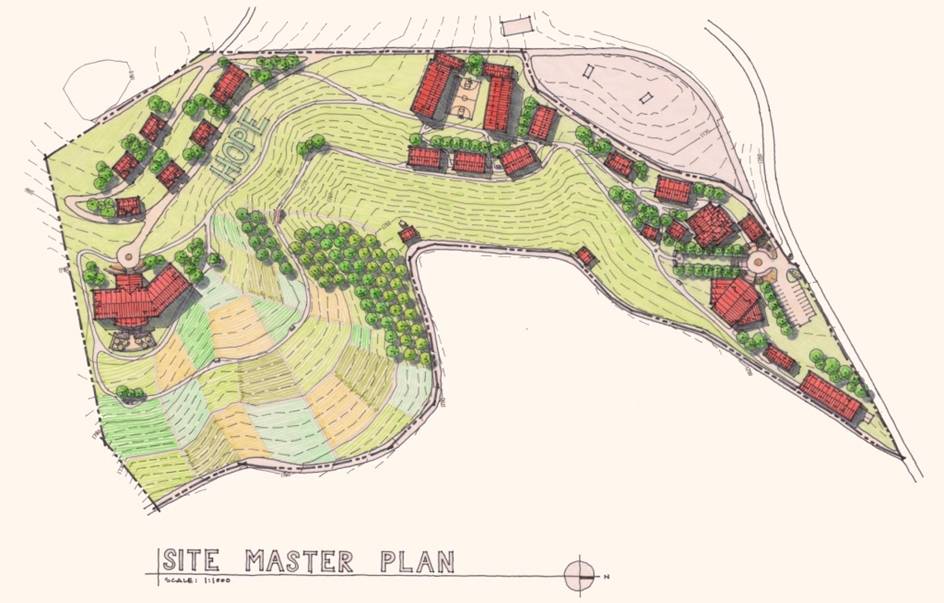
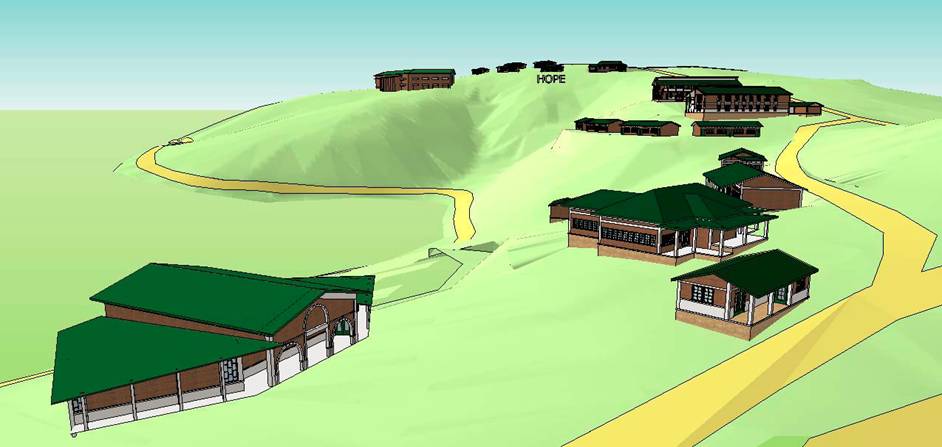
Overall it was an awesome experience. Not only did I get an opportunity to use my engineering abilities to help those in a different part of the world, but I also gained invaluable experience and perspective. It was great to be part of such a team, and even now I am incorporating a common theme from the trip of “where there’s a will, there’s a way” in my everyday life. I would encourage any engineer or architect looking for an opportunity to share their skills overseas to research EMI. It helped broaden my horizons, yet not step into anything too scary. The trips are 10-14 days and EMI’s experience with these types of projects helps smooth the details of travel. A working vacation well spent!
You can view a short video about my trip here:

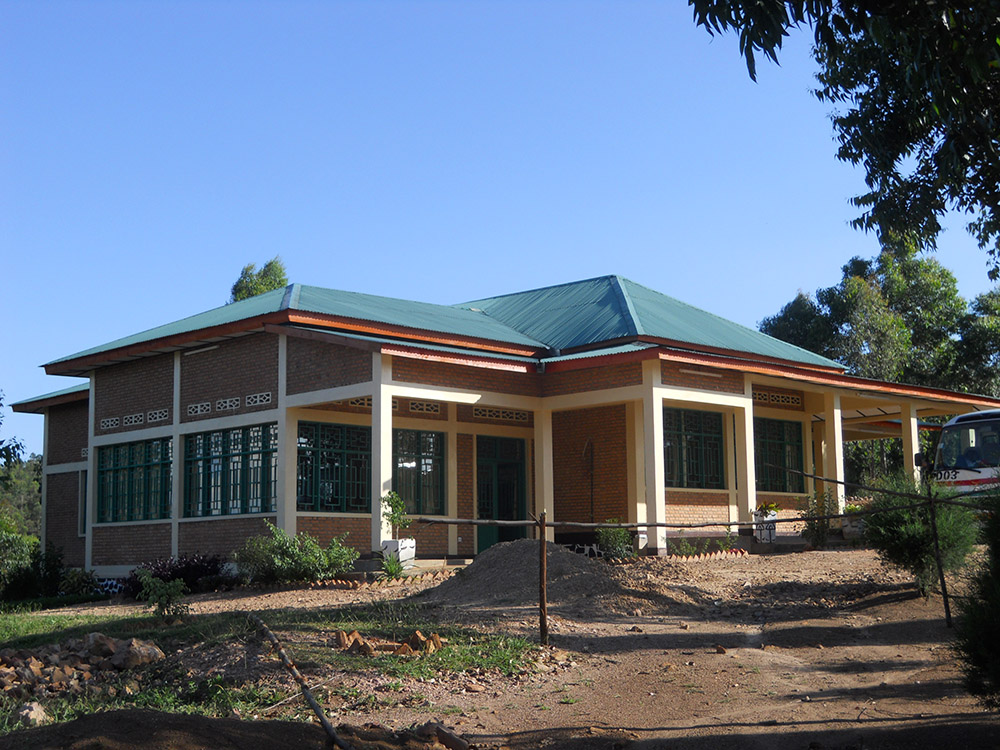
What a wonderful and fascinating report!
Very enlightening! I am inspired also to use resources more wisely.
Way to go Amanda. Very exciting trip and sounds like you did great work. It is good for all of us be reminded how precious natural resources are.
Hey Amanda, I was curious to know if you ever researched any companies that might be able assist in drilling a well in Burundi. I am hoping to take a medical missions team there, and we would love to build a well as part of our trip to increase health conditions. Please let me know! Thanks.
Hi Tannon – thanks for your interest in the Burundi story! I did do a brief search into well drilling companies and aid organizations upon my return. I was frankly overwhelmed by the amount of organizations that raise money to build wells in third world countries. What is common, however, is that these groups have already selected where they want to drill wells. I had a hard time finding anyone who would drill a well in a particular requested location. Are you looking for a group to come alongside your medical missions trip to drill the well for you or were you looking to do it yourselves? I’d love to talk with you more about my experience there and what I know. If you’d like, you can contact me at our office (425-741-3800). Amanda